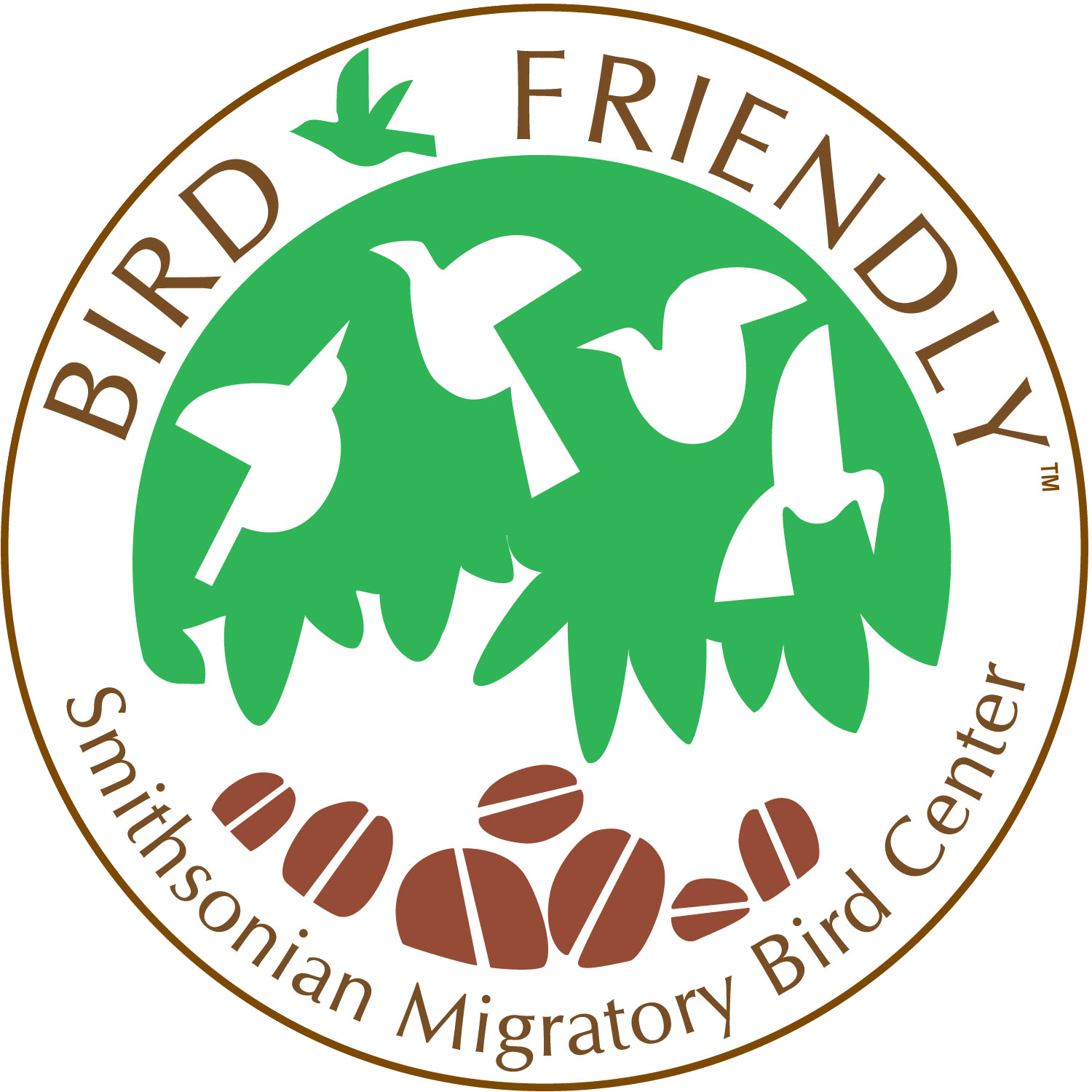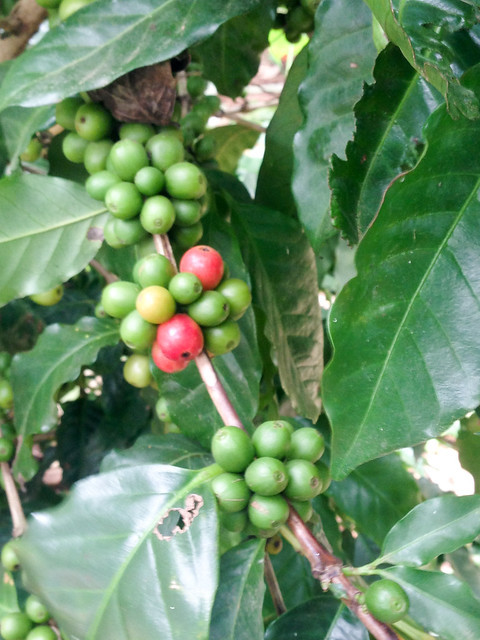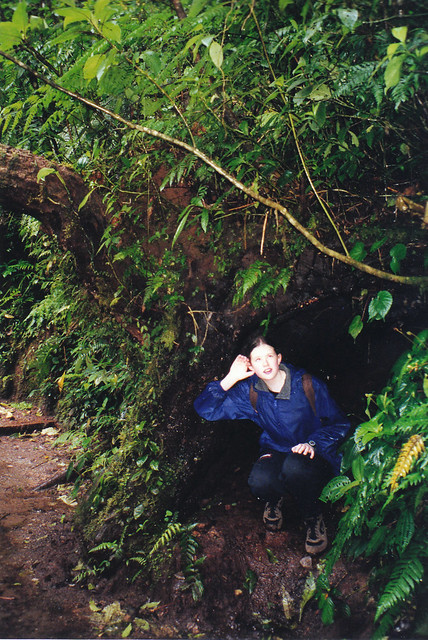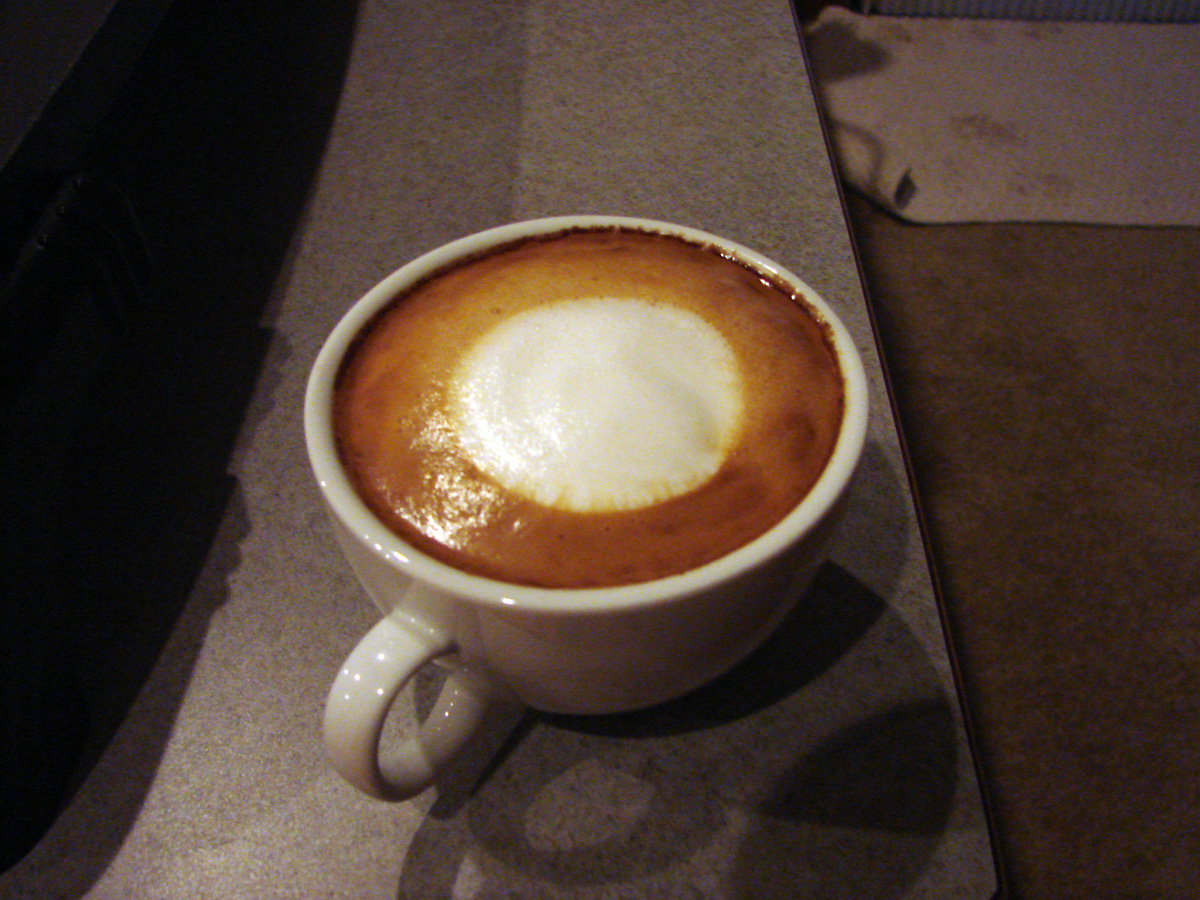1. Wake up with bird-friendly coffee.

Coffee comes from a shrub, Coffea arabica, that is related to gardenias and is native to the forest understory of East Africa. In dollar value, according to the Smithsonian Migratory Bird Center, coffee is second only to petroleum as the most important legal export commodity in the world. The United States consumes about one-third of the world’s coffee. Although coffee originated in Africa, more than two-thirds is currently produced in the Caribbean and Latin America.

Wild, natural coffee plants require shade to grow. In the American tropics, coffee was traditionally grown in the understory of rain forests. Natural diversity, along with the trees’ biochemical defenses against at least some of the insects and fungi that thrive in such a wet environment, helped minimize the pests that can easily destroy monocultures, so traditional coffee growers had few problems with disease or insects. The shade trees not only protected the coffee plants from too much rain and sun but also provided organic matter for natural mulch, reducing the need for fertilizer, protecting the soil from erosion, and contributing important nutrients to the soil. And these traditional coffee plantations, because they preserved or at least supported natural forest diversity, provided food and habitat for many birds, both tropical residents and neotropical migrants. In areas of the tropics that had been heavily deforested, shade-grown coffee plantations were often the last refuge for forest-adapted plants and animals. Today, shade coffee, especially organic shade coffee, is grown primarily on small family-owned farms. Many experts and coffee connoisseurs believe that shade-grown coffee tastes better than sun-grown coffee. Shade coffee beans ripen more slowly, giving them more time to develop their full taste. And many of the shade-grown cultivars are “heirloom” varieties of the original coffee strains from Ethiopia.
Unfortunately, the huge economic value of coffee has led to more intensive growing techniques. Some “shade-grown” coffee is actually grown on plantations where the natural vegetation has been cleared away and the coffee planted in rows under screening, keeping out natural vegetation and birds and other wildlife that depend on it. People have also developed coffee cultivars that can be grown in the sun, planted like cornfields. Either way, plantation owners grow more coffee per acre, but at the cost of heavy use of fertilizers, pesticides, and irrigation; the rapid depletion and erosion of the soil; and the loss of many natural plants and animals. Some sun-grown coffee in Costa Rica and Brazil is organic, meaning that no pesticides are used to grow it, but even organic sun-grown coffee plantations destroy valuable tropical habitat and drastically reduce the number of species that can survive in the area.
Interestingly, the huge amount of transpiration from tropical plants produces much of the rain and clouds in tropical forests. Cutting rain forest for any monoculture actually alters the local climate, reducing the natural rainfall and cloud cover. The continuing use of irrigation, chemical fertilizers, and pesticides makes these intensive plantations impractical except for large landowners and corporations that can afford to move on when one area becomes too depleted and damaged to support coffee growth. And without the variety of tropical trees and bromeliads to hold and slowly release what rain does fall, it takes many, many years for natural forest regeneration once a coffee plantation is abandoned.

Natural shade-grown coffee farms are diverse enough to sustain about two-thirds of the natural bird species found in the rain forest, whereas monoculture coffee plantations support barely one-tenth of the natural bird population. Buying organic shade-grown coffee helps tropical birds, helps the many U.S. and Canadian birds that winter in the tropics, and helps small farmers earn a living.
Since either shade- or sun-grown coffee can be grown on monoculture plantations, how can we know whether the coffee we buy is truly bird friendly? The Smithsonian Migratory Bird Center has established criteria for the best coffee-growing techniques for supporting bird populations. Coffee carrying its “Bird Friendly” logo is certified as shade grown and organic by an independent third-party inspector using the Smithsonian’s criteria. The National Audubon Society, American Birding Association, and Rainforest Alliance also sell organic shade-grown coffees that support bird populations. At the very least, coffee marked “fair trade” is more likely to be grown in sustainable ways by family farmers.

Whenever you order organic coffee at a coffee shop or restaurant, ask whether the coffee is organic and shade grown. Wait staff and managers probably won’t know what you’re talking about, and people working at gourmet coffee shops are usually unfamiliar with how damaging coffee plantations are for birds. So be prepared to explain the importance of the issue in a simple, clear way. The more demand there is for bird-safe coffee, the more likely these establishments are to start offering it and encouraging growers to change their agricultural techniques. Encourage those at your workplace, church, and other organizations or clubs to serve coffee with the Smithsonian “Bird Friendly” logo. It costs a little more than most coffees, so perhaps you can make a contribution to help defray the cost and demonstrate how important this issue is.
From 101 Ways to Help Birds, published by Stackpole in 2006. Please consider buying the book to show that there is a market for bird conservation books. (Photos, links, and updated information at the end of some entries are not from the book.)